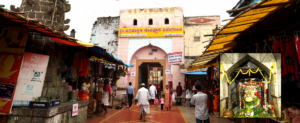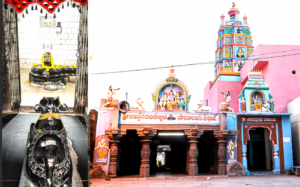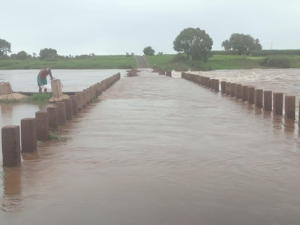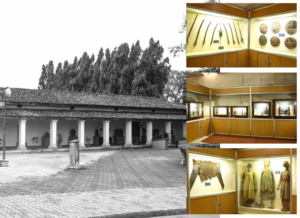Belagavi is one of the oldest, strong, prominent, and well-cultured historical places nestling high in the Western Ghats. It has an enviable heritage and lies in the zone of cultural transition between Karnataka, Maharashtra, and Goa with known antiquity, clearly traceable unto 2nd Century A.D. It is also known as “ Malenadu” or “Rain Country” and the vegetation here is verdant green throughout the year. Belagavi has now become one of the important districts in the state of Karnataka, creating new opportunities for the upcoming generation for its growth to foster.
The outlook of Belagavi:-
►Belagavi Located equidistant from Bengaluru and Mumbai
►It is divided into 3 administrative divisions comprising of 11 talukas –Athani, Ballhongal, Belagavi, Chikkodi, Gokak, Hukkeri, Khanapur, Ramdurg, Rayban, Saundatti & Kittur
►It is the second-largest district in the State, as per the 2011 Census population
► Belagavi city houses the second legislative building in the State, where the Karnataka State Legislature meets once a year
► Established trade center for food grains, sugarcane, cotton, tobacco, oilseed, and milk products
► An important center for manufacturing of heavy machine tools
► Known as Foundry hub of Karnataka
Opportunities/Growth factors of Belagavi:
Belagavi is the fourth-largest city, it is also the second-largest exporter of the state with a total GDP of INR 159.65 billion. It comprises of :
► 61 large and medium scale industries with an aggregated investment of INR 6,831.63 crores
► 52,410 MSME with an aggregated investment of INR 3,266 crores and employment of 3,24,526
► Foundry and power loom (MSME) cluster in Belgaum.
► Handmade artifact clusters including dolls and toys, horn and bone, metalware, artistic chappals, pottery, terracotta, textiles
► 200 foundries producing more than 70,000 tons of automotive and industrial castings of ferrous base
► The district is known as the Sugar Bowl of Karnataka, with 1.5 lakh hectares being utilized for commercial production. The annual production of sugar is 1.2 lakh quintals.
► Around 20,000 power looms and 4,546 handlooms. Yarn processing, fabric processing, calendaring, silk reeling, twisting, hosiery, knitted garments, and t-shirts form an important export base.









